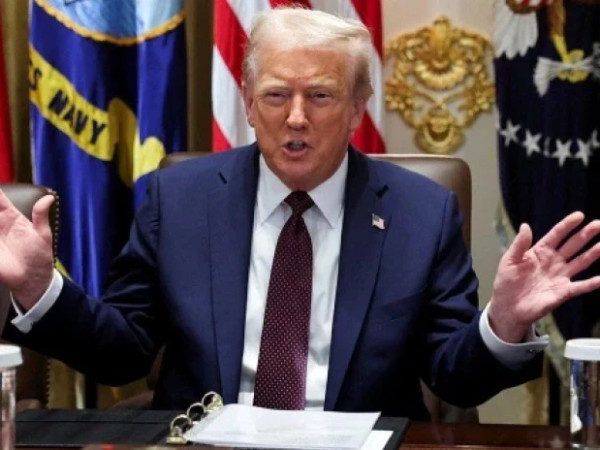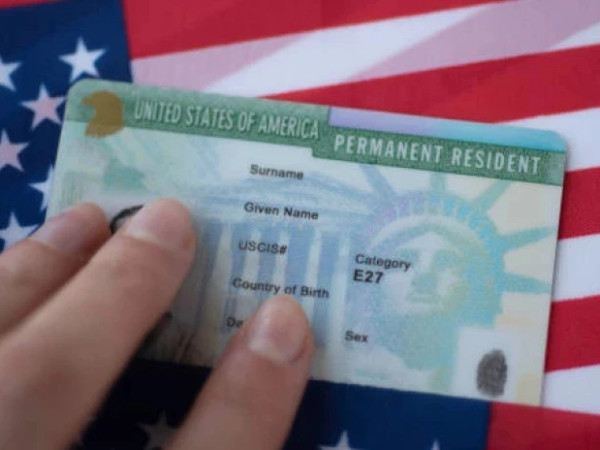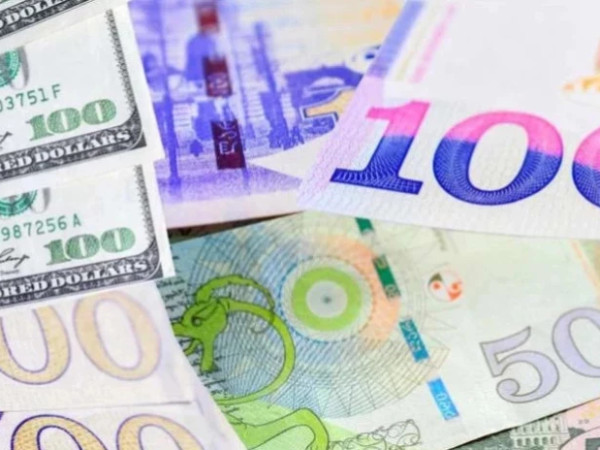Wall Street continued its downward spiral on Thursday and the market suffered its worst day since 2020 as the U.S. and other countries grappled with the fallout from President Donald Trump's sweeping tariffs targeting more than 180 countries.
Trump announced on Wednesday that he would slap at least a 10 percent "baseline" tariff on all imports.
He also singled out about 60 countries that would be hit with what he described as "discounted reciprocal tariffs" over their trade policies, which Trump believes are unfair.
U.S. stock futures on Wednesday fell sharply in response to the president's announcement. Asian and European markets also reeled as economists, analysts and investors sounded the alarm about the potentially devastating impact Trump's tariffs could have on the global economy.
Which productsThe S&P 500 index was down 4.84 percent at market close on Thursday—its worst day since June 2020—as Trump's tariffs sparked a global sell-off.
The tech-heavy Nasdaq tumbled 5.97 percent, which was its biggest drop since March 2020. The Dow Jones Industrial Average closed down 3.98 percent.
Wall Street's nosedive came less than an hour after Trump said he believes the stock market will "boom" as a result of his tariffs.
"I think it's going very well," Trump told reporters earlier Thursday. "It was an operation, like when a patient gets operated on and it's a big thing. I said this would exactly be the way it is. We have six or seven trillion dollars coming into our country and we've never seen anything like it.
The Trump administration's tariffs—which Trump said will bring manufacturing jobs back to the U.S.—encompassed a broad swath of countries: a 34 percent tariff on Chinese imports (in addition to a 20 percent tariff it was already slapped with), 20 percent on the European Union, 25 percent on South Korea, 24 percent on Japan, 32 percent on Taiwanese goods and 26 percent on Indian imports.
Trump did not say on Wednesday how the White House arrived at its "reciprocal" tariff calculations, but the administration later clarified in a post that it determined each country's rate using a formula based on dividing the U.S. trade deficit with a foreign country by that country's exports.


















